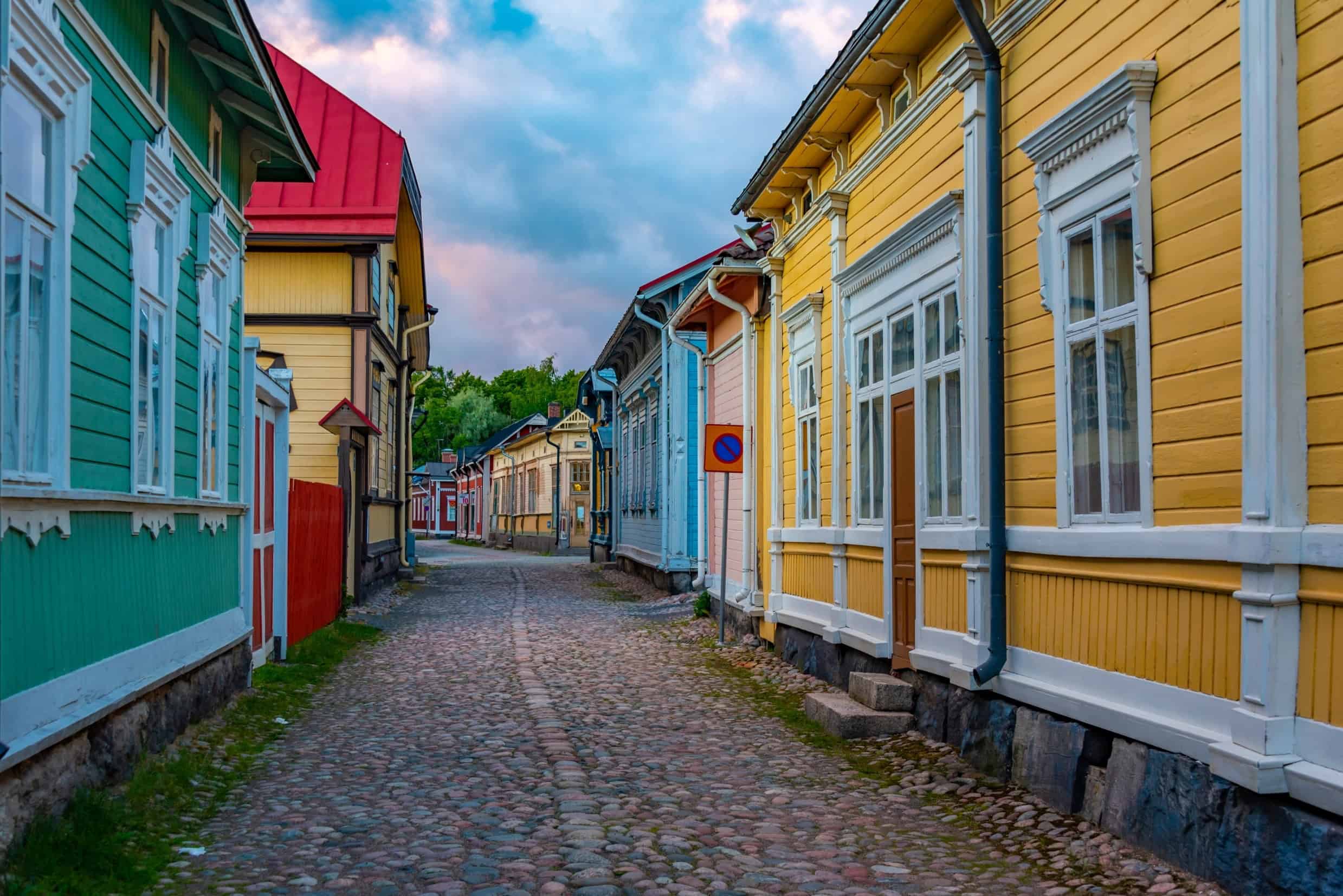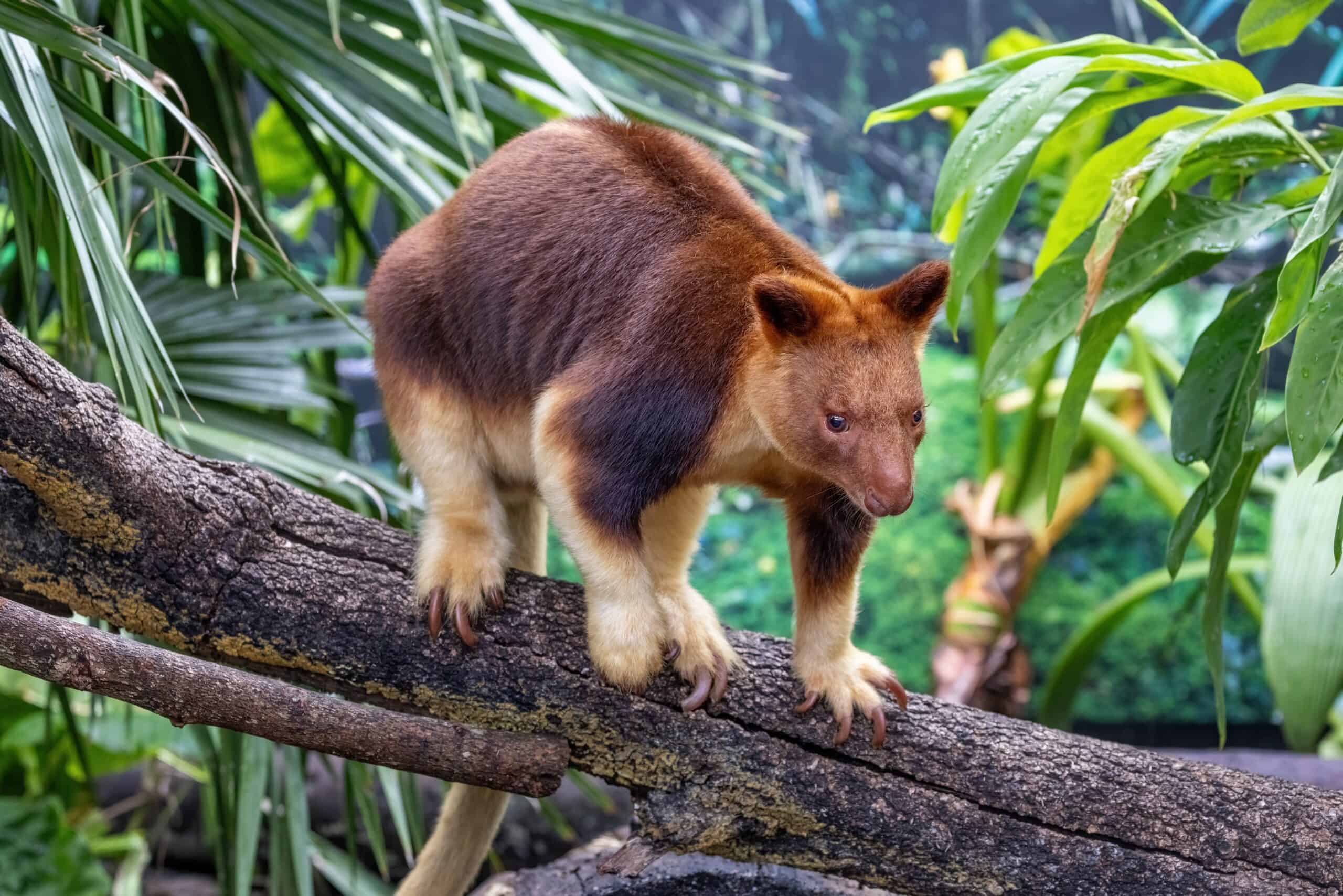Capturing wildlife in its natural habitat is a thrilling experience for photographers, offering both challenges and rewards. Around the world, there are incredible destinations that provide unforgettable opportunities to photograph some of the planet’s most iconic and elusive animals. From the vast plains of Africa to the icy wilderness of Antarctica, these locations are renowned for their rich biodiversity and stunning landscapes. Whether you’re aiming to photograph big cats in Africa or rare species in the rainforests of Borneo, these wildlife photography destinations promise experiences that will stay with you long after the shutter clicks.
Yellowstone National Park, USA
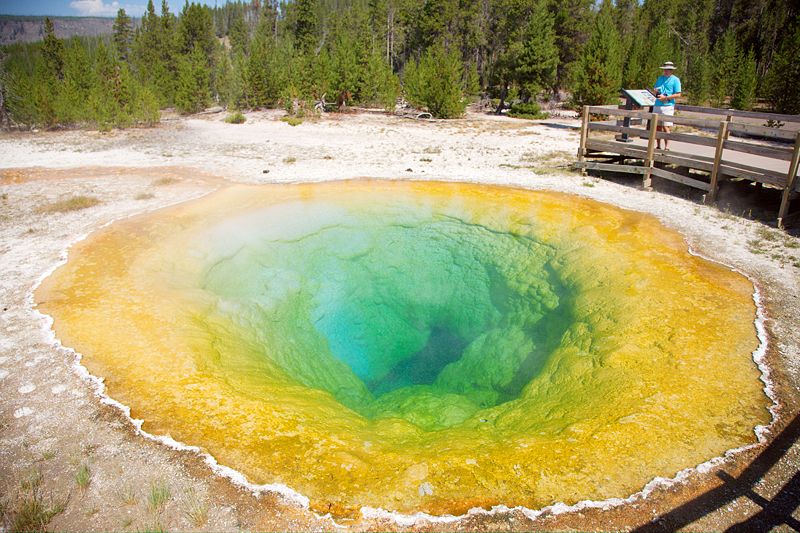
Yellowstone National Park offers an unparalleled wildlife photography experience. This iconic park is home to an array of animals, including grizzly bears, wolves, and herds of bison roaming freely across vast landscapes. Photographers can capture dramatic moments against the backdrop of geysers and hot springs, adding an otherworldly element to their shots. Early morning and late afternoon light enhances the beauty of the park’s diverse ecosystems. The combination of rich biodiversity and stunning scenery makes Yellowstone a must-visit destination for wildlife enthusiasts.
Serengeti National Park, Tanzania
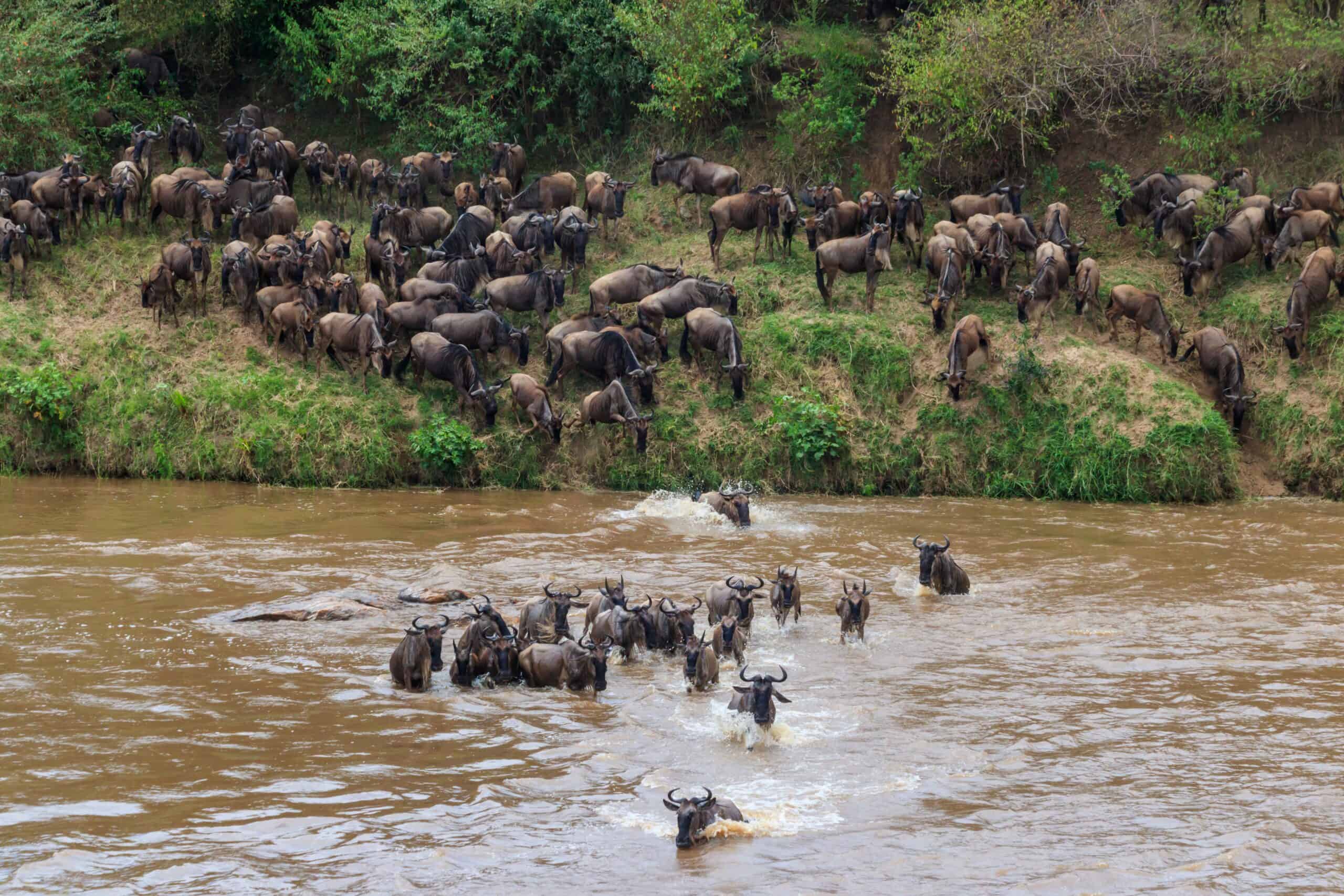
The Serengeti is synonymous with wildlife photography, particularly during the Great Migration. Millions of wildebeest, zebras, and antelopes traverse the plains, pursued by predators like lions and cheetahs, offering photographers dramatic action scenes. The expansive savannas provide unobstructed views, perfect for capturing the grandeur of the wildlife. Sunsets and sunrises paint the skies with vivid colors, creating breathtaking backdrops for photographs. Every visit to the Serengeti is a chance to witness and document nature’s most epic spectacle.
Galápagos Islands, Ecuador
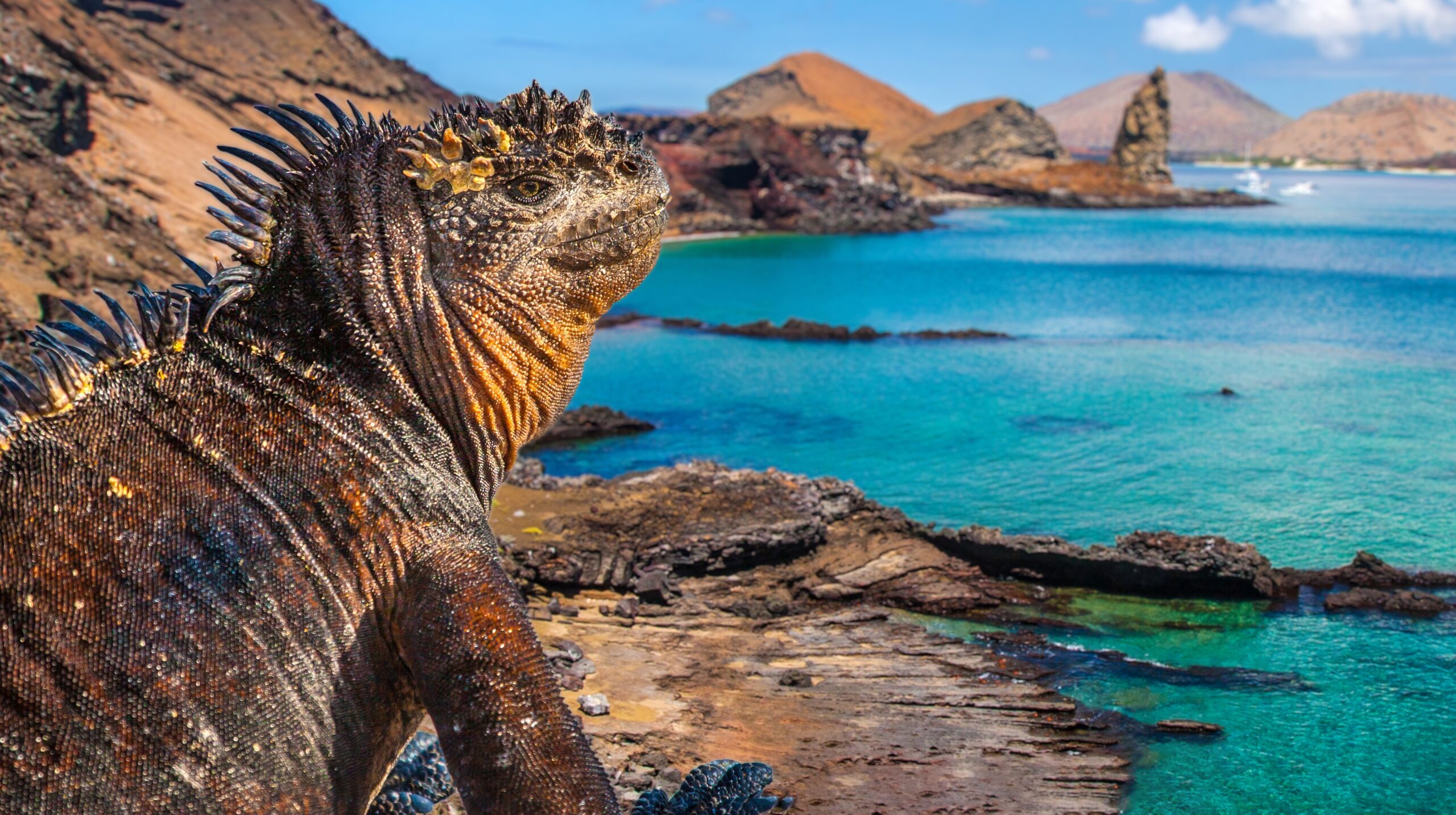
The Galápagos Islands are a haven for wildlife photographers seeking unique and endemic species. Animals such as the marine iguana, giant tortoise, and blue-footed booby can be found nowhere else on Earth. The lack of natural predators has made the wildlife incredibly approachable, allowing for intimate close-ups. Underwater photography opportunities abound with the islands’ diverse marine life, including sea lions, sharks, and colorful fish. The Galápagos offers a one-of-a-kind experience, blending land and sea in extraordinary ways.
Masai Mara National Reserve, Kenya
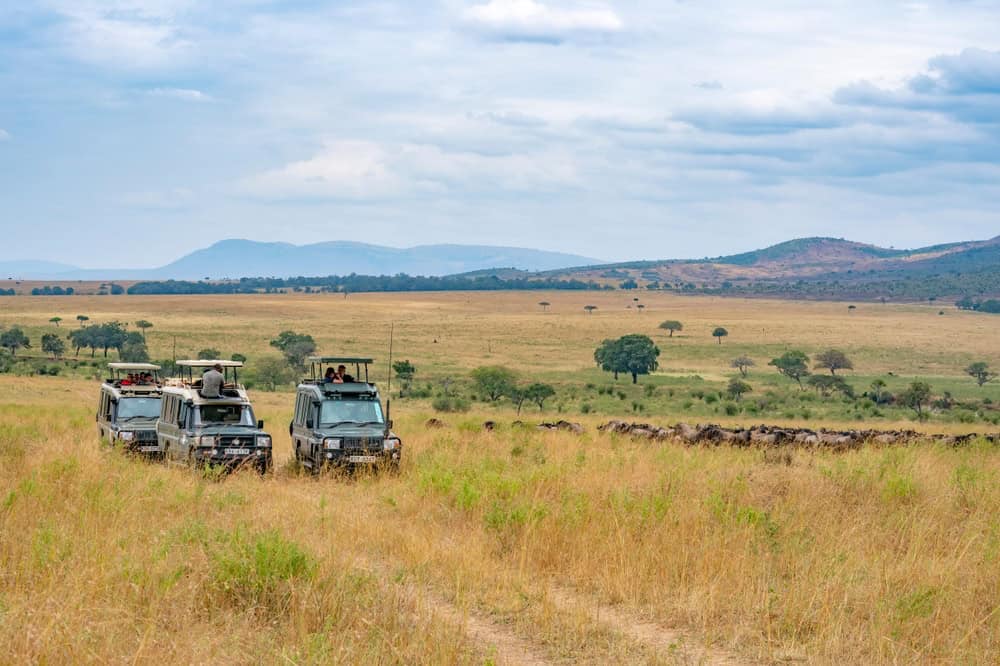
Masai Mara is renowned for its incredible wildlife density and the annual wildebeest migration, providing endless photography opportunities. From the Big Five—lion, leopard, elephant, buffalo, and rhino—to a multitude of bird species, the diversity is staggering. Photographers can capture thrilling predator-prey interactions against the backdrop of rolling plains and acacia trees. Hot air balloon safaris offer a unique perspective, allowing for aerial shots of the wildlife below. The rich, golden light of the Mara creates stunning images that resonate with the vibrancy of Africa.
Svalbard, Norway
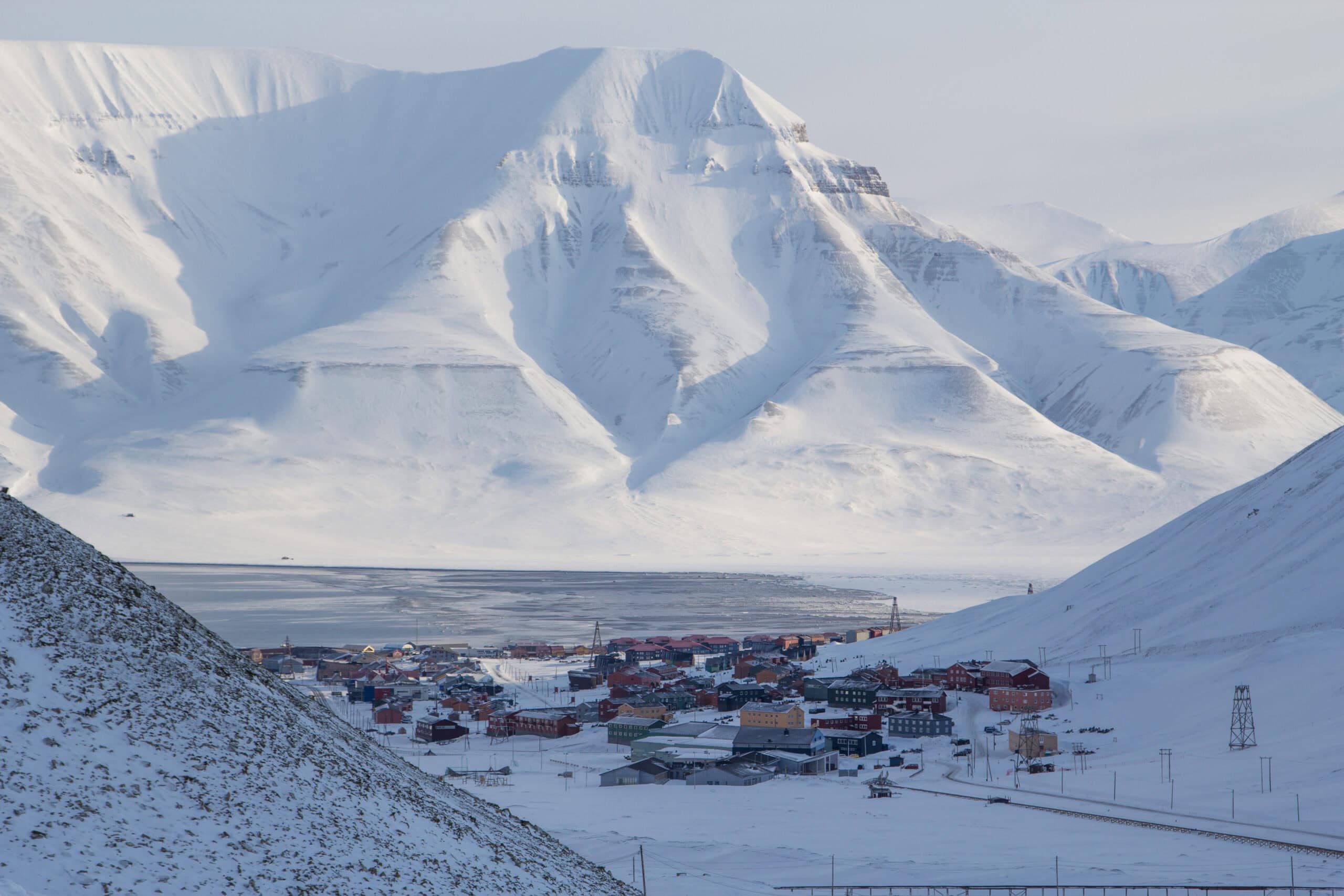
Svalbard, a remote archipelago in the Arctic Ocean, offers photographers a chance to capture some of the world’s most elusive wildlife, including polar bears, Arctic foxes, and reindeer. The stark, icy landscapes provide a dramatic contrast to the wildlife, creating striking images. During summer, the midnight sun allows for extended shooting hours, while in winter, the aurora borealis adds a magical element to nighttime photography. The isolation of Svalbard ensures that each encounter with wildlife feels like a rare and precious moment. This destination offers a truly unforgettable Arctic adventure for photographers.
Kruger National Park, South Africa
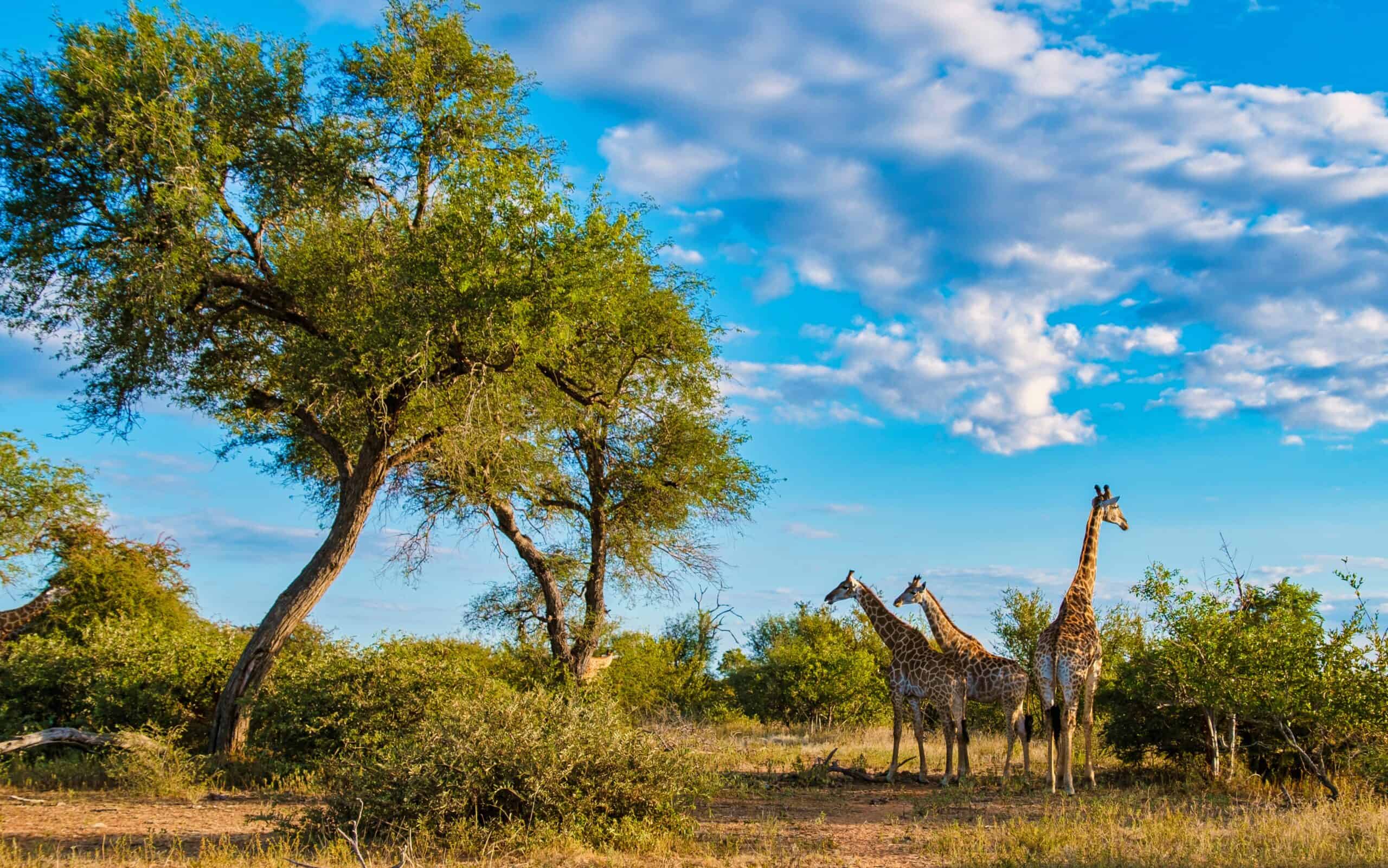
Kruger National Park is one of Africa’s largest game reserves, offering photographers a chance to capture the continent’s iconic wildlife. The park’s diverse habitats—from savannas to forests—are home to a wide variety of animals, including elephants, lions, and leopards. Early morning and late afternoon safaris are ideal for capturing wildlife in the best light. The park’s network of roads and rest camps makes it accessible for self-drive photography adventures. Kruger’s well-managed environment ensures that every visit is rich with photographic opportunities.
Torres del Paine National Park, Chile
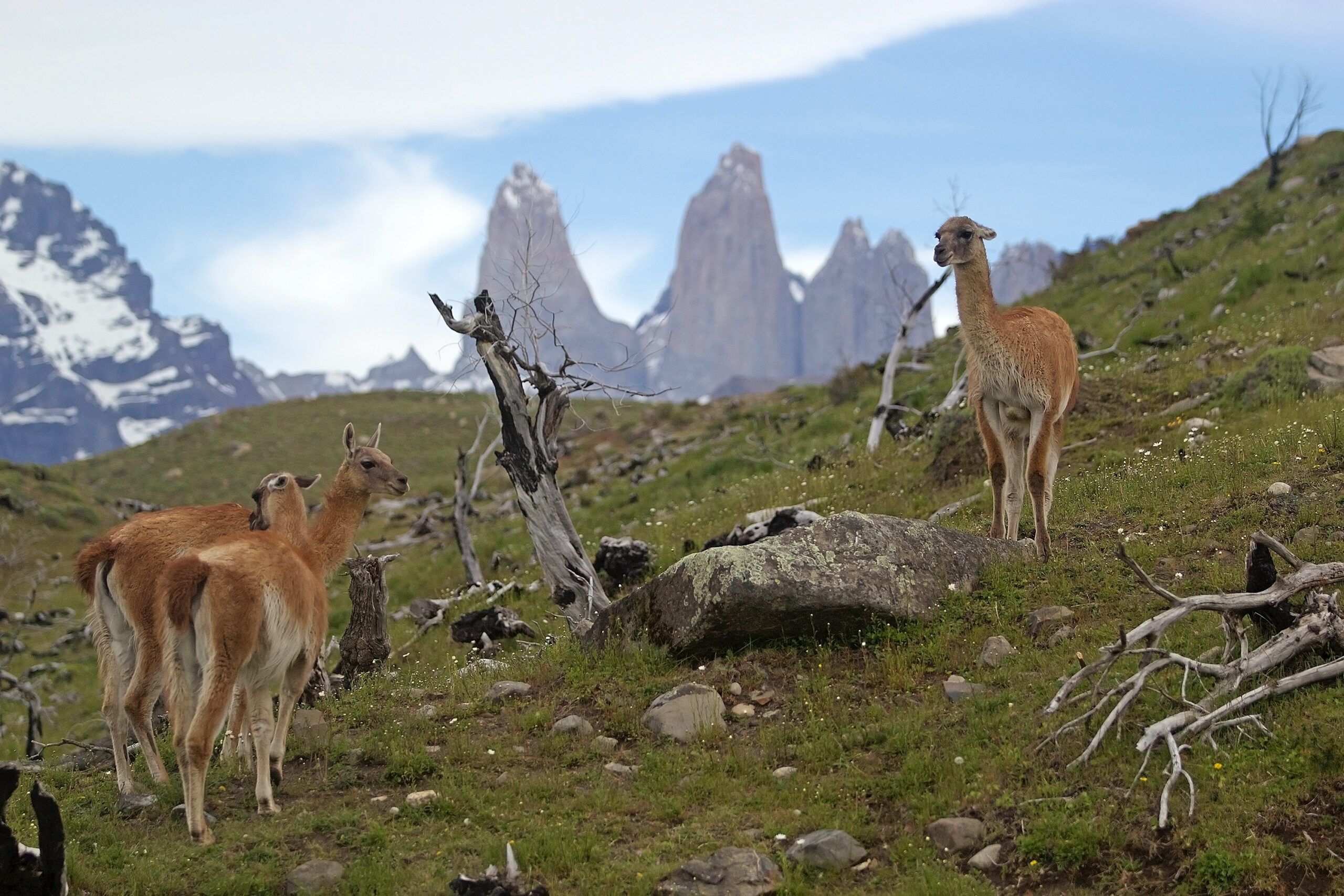
Torres del Paine, located in Patagonia, is a breathtaking destination for wildlife photography, featuring stunning landscapes and unique wildlife. The park is home to pumas, guanacos, and Andean condors, all set against the dramatic backdrop of snow-capped mountains and turquoise lakes. The variable weather creates dynamic lighting conditions, adding mood and texture to photographs. Hiking through the park’s rugged terrain allows photographers to get up close with the wildlife in their natural habitats. The remote beauty of Torres del Paine ensures that every shot is a work of art.
Ranthambore National Park, India
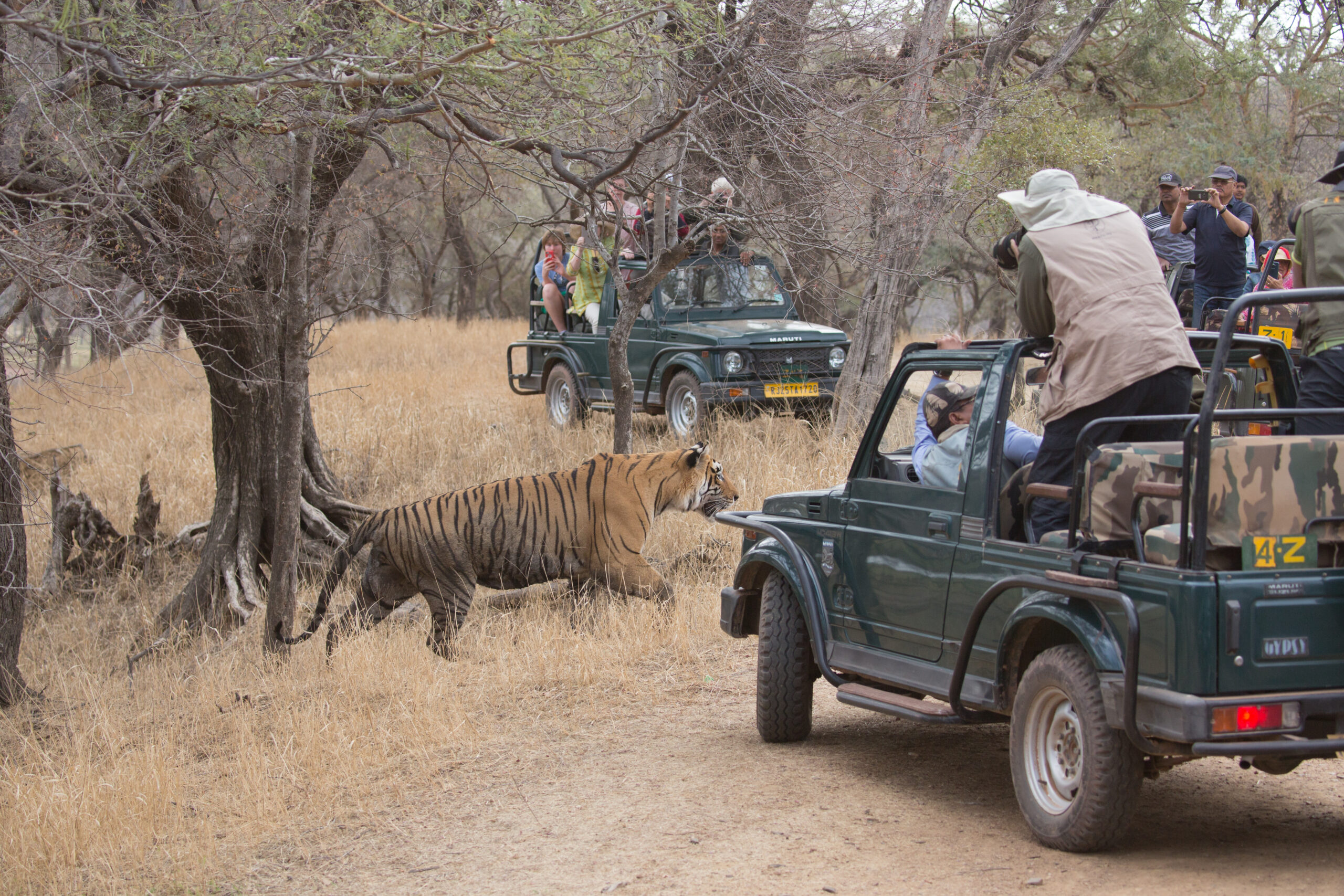
Ranthambore National Park is one of the best places in the world to photograph the elusive Bengal tiger. The park’s mix of dense forests, open grasslands, and ancient ruins creates a visually rich environment for photography. Besides tigers, photographers can capture leopards, sloth bears, and a variety of bird species. The park’s early morning and late afternoon safaris offer the best chances for wildlife sightings in optimal lighting. Ranthambore’s unique blend of wildlife and history provides a captivating experience for photographers.
Bwindi Impenetrable Forest, Uganda
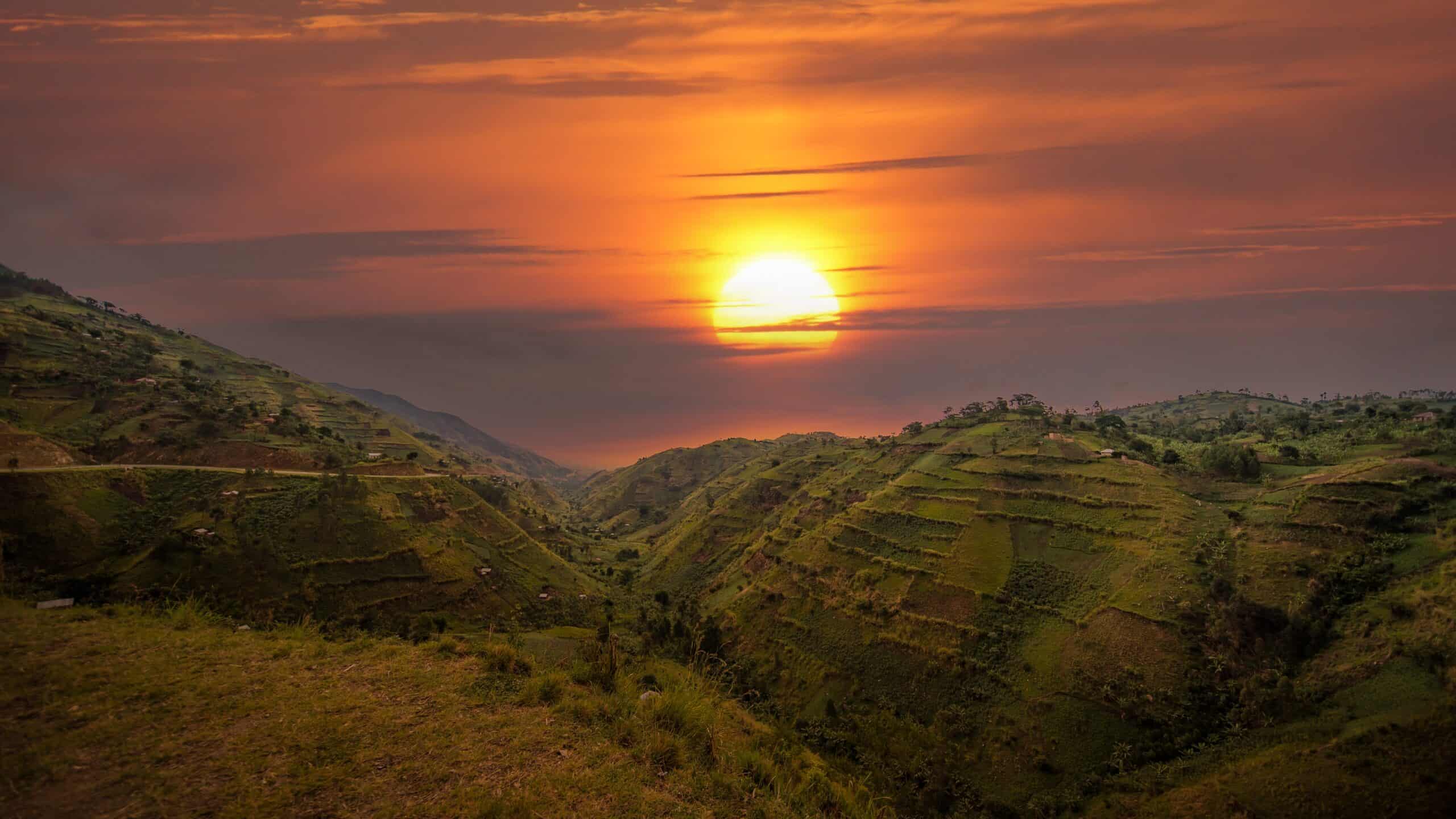
Bwindi Impenetrable Forest is renowned for its population of mountain gorillas, offering photographers an intimate encounter with these majestic primates. The dense, misty forest creates an atmospheric setting, perfect for capturing the gorillas in their natural habitat. Tracking the gorillas on foot allows for close-up shots, emphasizing the emotional connection between the animals and their environment. In addition to gorillas, the forest is home to numerous bird species and other wildlife. Bwindi provides a challenging yet rewarding photography experience in one of Africa’s most biodiverse regions.
Pantanal, Brazil
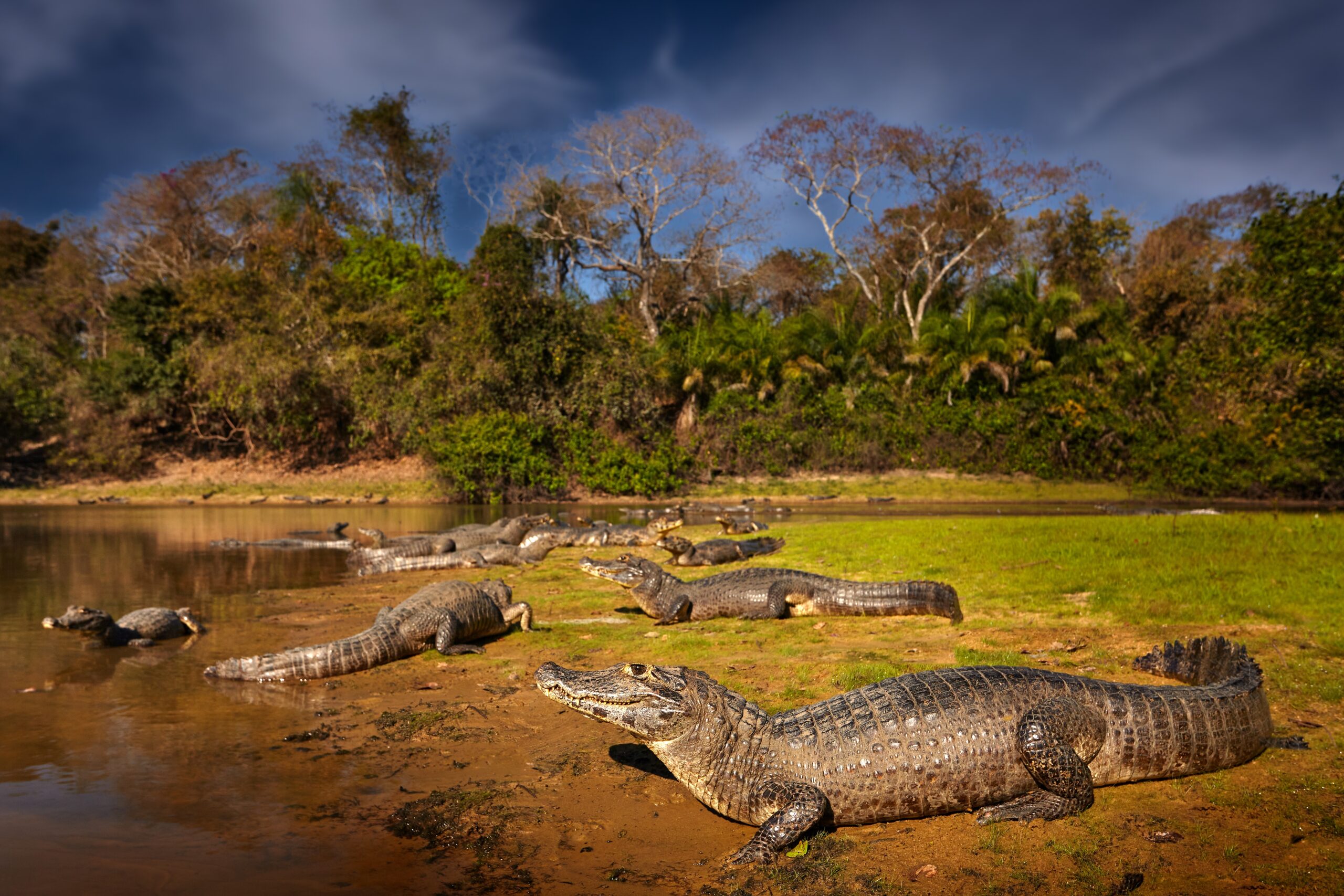
The Pantanal is the world’s largest tropical wetland and a paradise for wildlife photographers, particularly those interested in capturing jaguars in the wild. The region’s vast waterways and wetlands are home to a diverse array of species, including caimans, capybaras, and a myriad of birdlife. Photographers can explore the Pantanal by boat, allowing for unique perspectives and close encounters with wildlife. The dry season is the best time to visit, as animals congregate around shrinking water sources, making them easier to spot. The Pantanal’s rich biodiversity and dramatic landscapes offer endless photographic opportunities.
Borneo, Malaysia and Indonesia
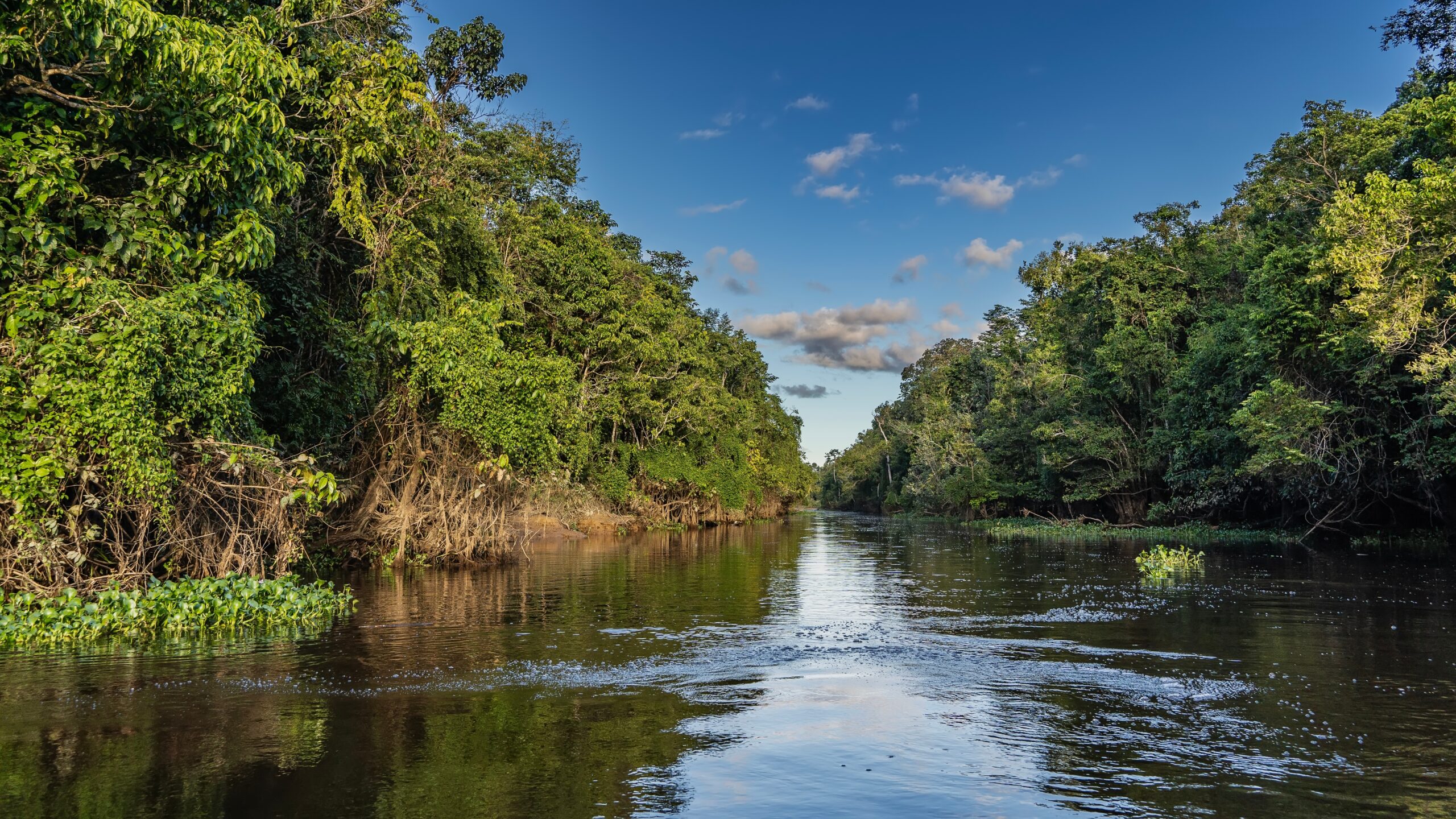
Borneo’s dense rainforests are a haven for wildlife photographers, offering the chance to capture rare and endangered species such as orangutans, pygmy elephants, and clouded leopards. The island’s rugged terrain and thick vegetation create challenging but rewarding conditions for photography. Trekking through the rainforest allows photographers to immerse themselves in the natural environment, leading to authentic and impactful images. River safaris provide another perspective, with the chance to photograph proboscis monkeys and crocodiles along the banks. Borneo’s pristine wilderness offers a truly immersive wildlife photography experience.
Okavango Delta, Botswana
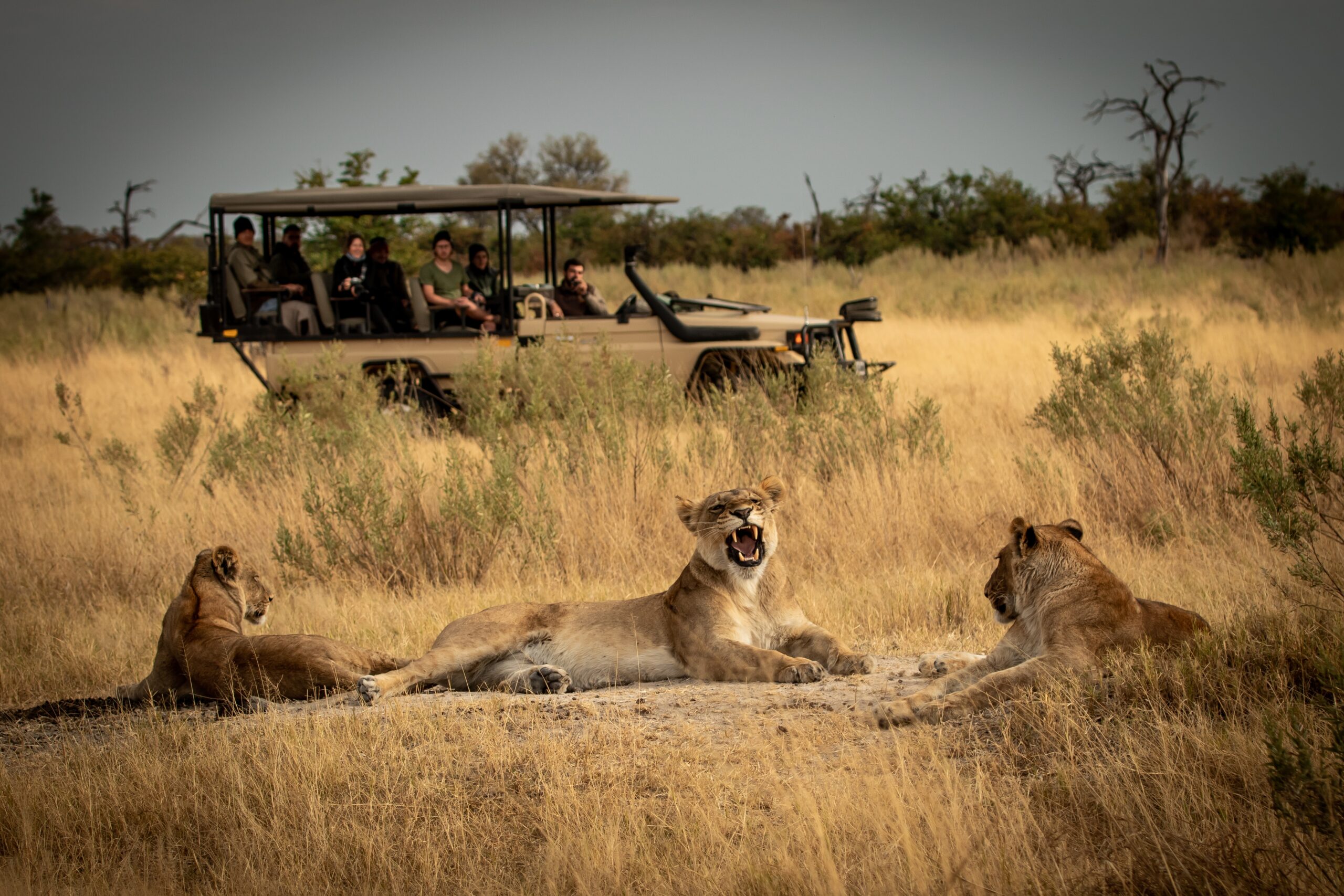
The Okavango Delta is a unique and dynamic ecosystem, offering photographers the chance to capture wildlife in a variety of environments, from lush wetlands to arid savannas. The delta’s seasonal floods create a network of waterways that attract a diverse array of animals, including elephants, hippos, and crocodiles. Photographers can explore the delta by mokoro (dugout canoe), getting up close to the wildlife in their natural habitats. The constantly changing landscapes and light conditions provide endless opportunities for creative photography. The Okavango Delta’s untouched beauty makes it one of Africa’s most captivating wildlife destinations.
Madikwe Game Reserve, South Africa
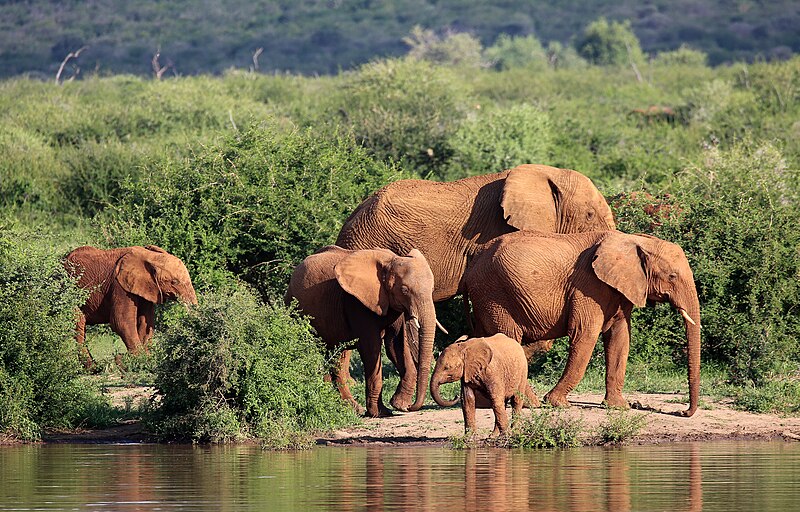
Madikwe Game Reserve is a lesser-known gem in South Africa, offering a more intimate and exclusive wildlife photography experience. The reserve is home to the Big Five, as well as rare species such as wild dogs and cheetahs. With fewer tourists than other parks, photographers can enjoy unobstructed views and more time to focus on capturing the perfect shot. The varied landscapes, from open plains to rocky hills, provide diverse backdrops for wildlife photography. Madikwe’s commitment to conservation ensures a sustainable and enriching experience for photographers.
Denali National Park, USA
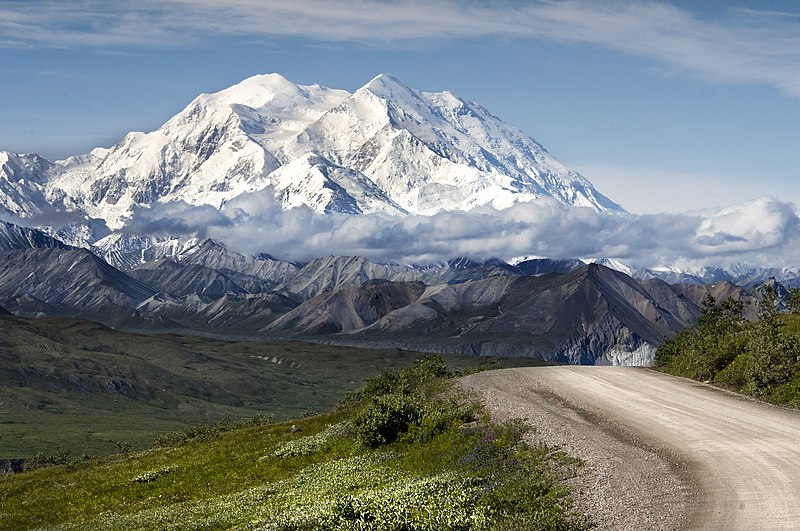
Denali National Park in Alaska offers photographers a chance to capture North America’s wildlife in a dramatic and rugged setting. The park is home to grizzly bears, moose, caribou, and wolves, all set against the towering backdrop of Denali, the highest peak in North America. The park’s vast wilderness and limited access create a sense of solitude, allowing photographers to connect deeply with nature. Seasonal changes bring different photographic opportunities, from springtime blooms to autumn’s vibrant colors. Denali’s wild beauty and diverse wildlife make it a must-visit destination for nature photographers.
Isle of Mull, Scotland
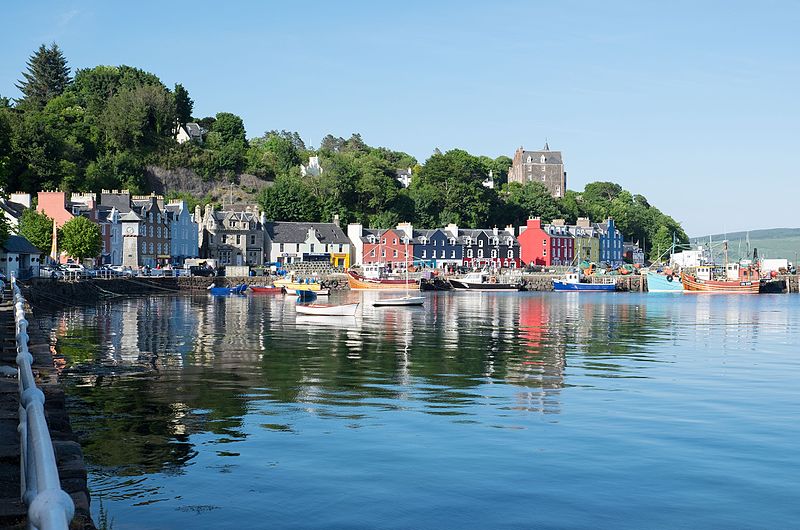
The Isle of Mull is a hidden gem for wildlife photographers, offering the chance to capture Scotland’s rich biodiversity in a stunning coastal setting. The island is home to otters, white-tailed eagles, and red deer, among other species. Photographers can explore the island’s varied landscapes, from rugged coastlines to tranquil lochs, each offering unique opportunities for wildlife photography. The changing weather conditions add an element of unpredictability, resulting in dramatic and atmospheric images. Mull’s combination of wildlife and scenic beauty makes it a rewarding destination for photographers.
Jasper National Park, Canada
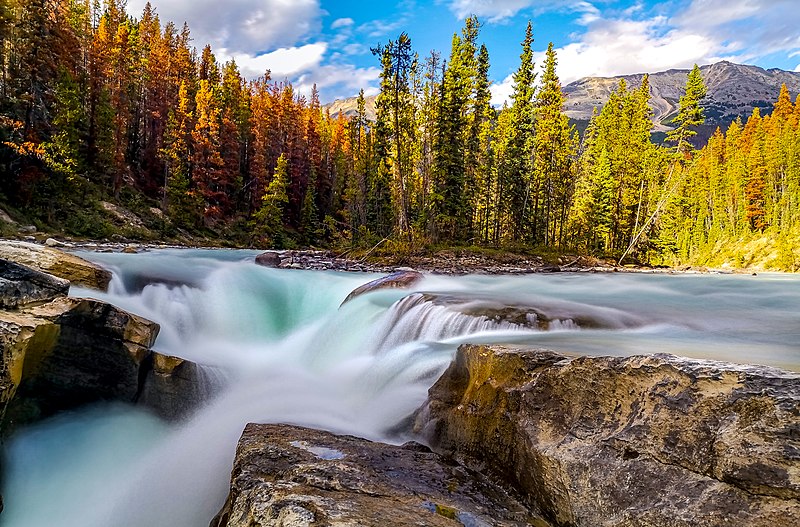
Jasper National Park, located in the Canadian Rockies, is a wildlife photographer’s dream with its stunning landscapes and abundant wildlife. The park is home to elk, bighorn sheep, grizzly bears, and wolves, all of which can be spotted against the backdrop of towering mountains and pristine lakes. Early morning and late evening provide the best light for photography, with the added bonus of fewer crowds. The park’s diverse habitats, from alpine meadows to dense forests, offer a variety of settings for capturing wildlife. Jasper’s rugged beauty and rich biodiversity make it an unforgettable destination for photographers.
Etosha National Park, Namibia
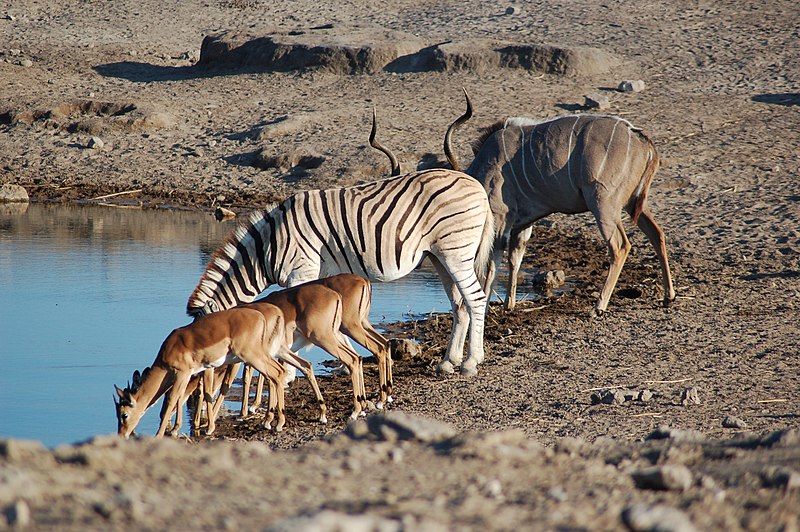
Etosha National Park is one of Africa’s premier wildlife photography destinations, known for its vast salt pan that attracts a wide array of animals. The park is home to elephants, lions, giraffes, and a variety of antelope species, all of which can be photographed against the stark, white landscape of the pan. Waterholes provide excellent opportunities for capturing wildlife interactions, especially during the dry season. The park’s open terrain and abundant wildlife make it easy to spot and photograph animals. Etosha’s unique landscape and wildlife make it a standout destination for photographers.
Madagascar
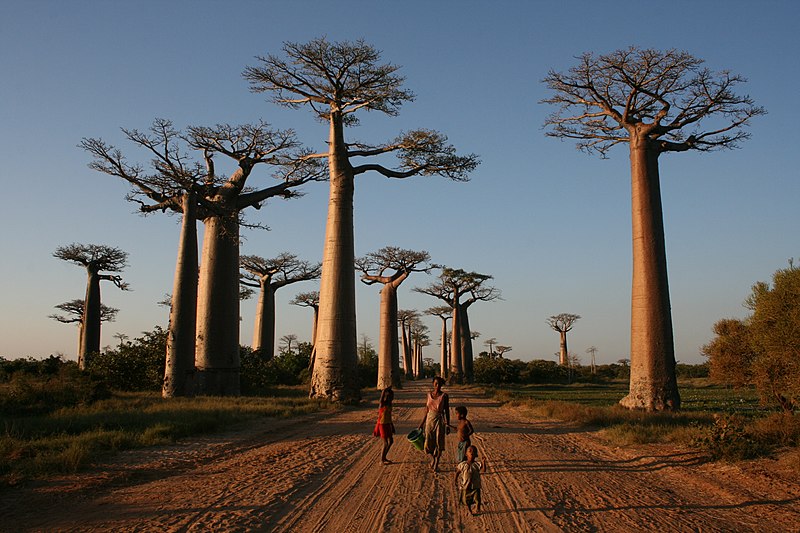
Madagascar is a unique destination for wildlife photographers, offering the chance to capture species found nowhere else on Earth, such as lemurs, chameleons, and the fossa. The island’s diverse ecosystems, from rainforests to dry deciduous forests, provide a wide range of settings for photography. Photographers can explore the island’s national parks, where the wildlife is often approachable and habituated to human presence. The vibrant colors and unique behaviors of Madagascar’s wildlife offer endless creative opportunities. Madagascar’s isolation and biodiversity make it a must-visit destination for any wildlife photographer.
Antarctica

Antarctica offers a once-in-a-lifetime wildlife photography experience in one of the most remote and pristine environments on Earth. Photographers can capture images of penguins, seals, and whales set against the stark beauty of icebergs and snow-covered landscapes. The harsh, yet stunning, environment creates dramatic contrasts and lighting conditions, resulting in breathtaking photographs. Expeditions often allow for close encounters with wildlife, providing unique opportunities for intimate and powerful shots. The sheer isolation and otherworldly beauty of Antarctica make it an unforgettable destination for wildlife photographers.
Chobe National Park, Botswana
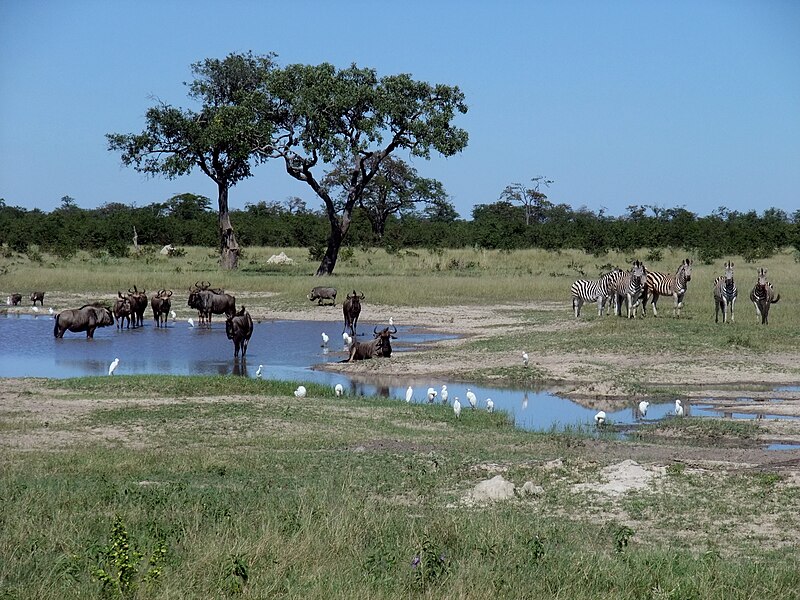
Chobe National Park is famous for its large elephant population, offering photographers unparalleled opportunities to capture these majestic creatures in the wild. The Chobe River provides a unique perspective, allowing photographers to capture wildlife from the water, including elephants, hippos, and crocodiles. The park’s varied ecosystems, from floodplains to forests, support a diverse array of wildlife, making every game drive a new adventure. The golden light of early morning and late afternoon enhances the beauty of the landscape and wildlife. Chobe’s abundance of wildlife and stunning scenery make it a top destination for photographers.
This article originally appeared on Rarest.org.
More From Rarest.Org
Nordic cities offer more than just stunning landscapes and modern design. Hidden within their streets are cultural treasures waiting to be discovered. Read more.
Exploring the dense, untouched jungles reveals some of the world’s most elusive mammals. These rare creatures often remain hidden, blending seamlessly into their environment. Read more.
In Major League Baseball, the highest-paid players are earning staggering amounts, reflecting their immense talent and marketability. These elite athletes have secured lucrative contracts that guarantee them millions of dollars annually. Read more.

